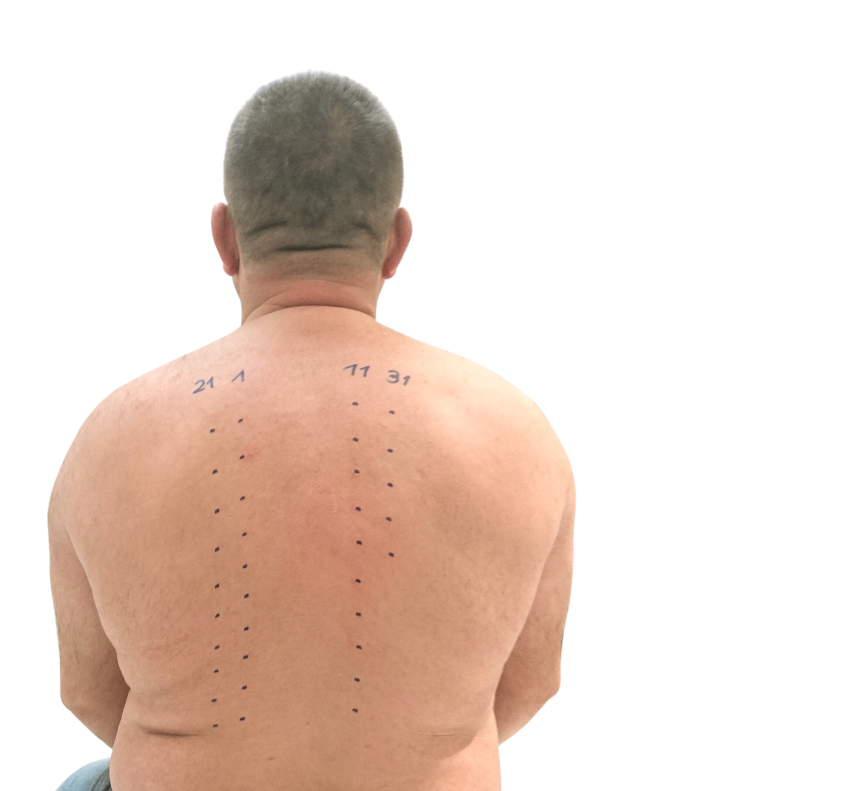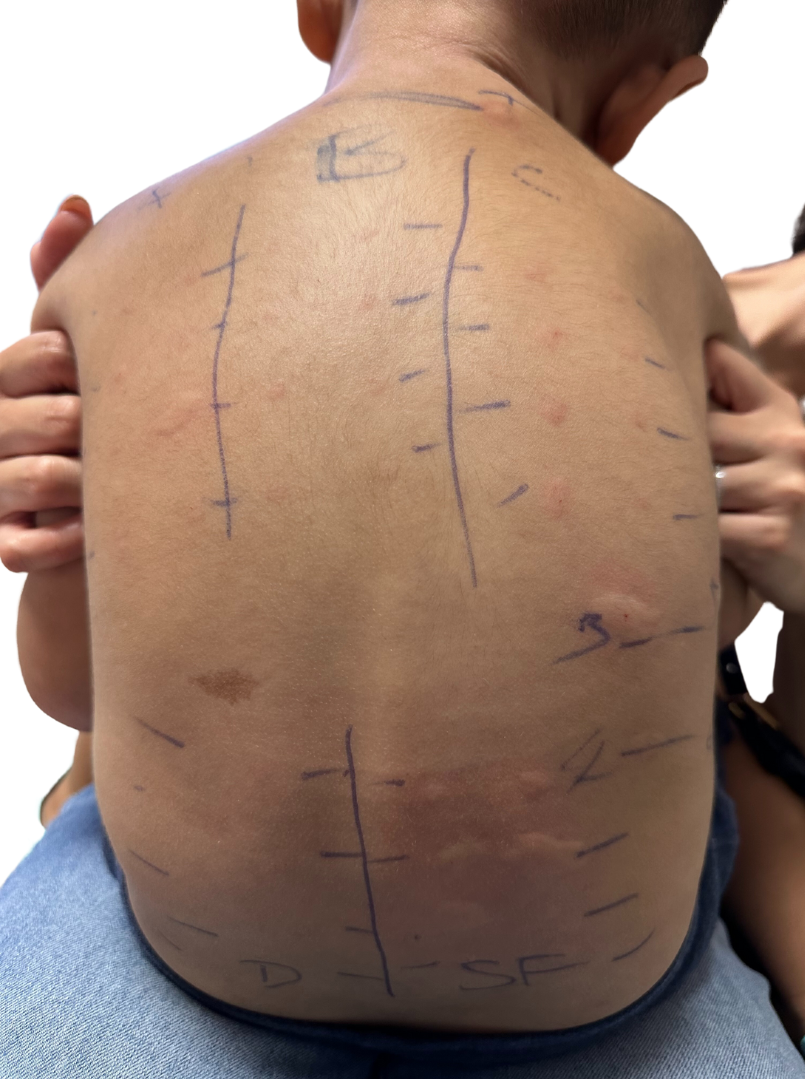ALLERGY SKIN TESTING
Home > Allergy Skin Testing
Discovering Your Allergies
Welcome to Your Skin Testing Journey!
An allergy skin test procedure is a diagnostic process that aims to identify substances, known as allergens, that trigger allergic reactions in your body. These reactions can manifest as a wide range of symptoms, including sneezing, itching, congestion, skin rashes, digestive issues, and even life-threatening reactions in severe cases.
The importance of an airborne allergy test lies in its ability to pinpoint the exact allergens that cause your immune system to react adversely. By identifying the specific triggers, healthcare professionals can develop personalized treatment plans and recommend appropriate avoidance strategies. This knowledge empowers you to make informed decisions about your environment, lifestyle, and potential treatment options, ultimately leading to better management of your allergies and improved quality of life. You're on the right page if you search online for "skin allergy doctor near me." We offer accurate allergy testing to provide the proper treatment plans for your allergies.
Please let the physician and the medical staff know:
- If you are pregnant
- If you have a fever or are wheezing
- ALL medications you are taking (bring a list)

STAY INFORMED: YOUR HEALTH IS OUR PRIORTY
The Risk of Getting Allergy Testing Outside the Allergist's Office
Recently, there has been a surge of allergy testing facilities popping up around the country. These places can test you for allergies, but they may not be the best for getting a specific and comprehensive treatment plan.
At AAAC, we can perform allergy testing in conjunction with a physical examination to rule out any other conditions.
We have the experience to diagnose all allergy conditions and help you form a treatment plan that meets your needs.
Allergy Skin Testing: Essential Pre-Appointment Information
If you suffer from allergies and are seeking an accurate diagnosis, the allergy test procedure can be a valuable tool in determining your specific allergens. Before this procedure, it is crucial to be well-informed and prepared to make the most of your appointment. You will be skin tested for significant Tampa Bay airborne allergens and possibly some foods.
By understanding the procedure, knowing what to expect, and asking relevant questions, you can ensure a productive and successful allergy testing experience, leading to effective treatment and improved quality of life.
- Your physician schedules a separate appointment for further recommendations. There is no testing during the new patient consultation.
- We request that you do not bring small children with you when you are scheduled for skin testing unless they are accompanied by another adult who can sit with them in the reception area.
- You must be on time for this appointment.
- Please keep your appointment since your doctor prepares unique allergens for your session.
- If, for any reason, you must change your skin test appointment, please give us at least 72 hours' notice. A last-minute change results in losing valuable time that another patient could have utilized.
PLEASE NOTE: YOU MUST AVOID ORAL ANTIHISTAMINE FOR 5 DAYS BEFORE THE SKIN TEST.
After your skin test, you may return to work or school without restrictions. You may exercise, swim, or play as usual.
Did You Know?
There is no minimum age for skin testing.
Anyone 17 years of age or younger must be accompanied by a parent or legal guardian during the entire procedure and
visit with the physician.


